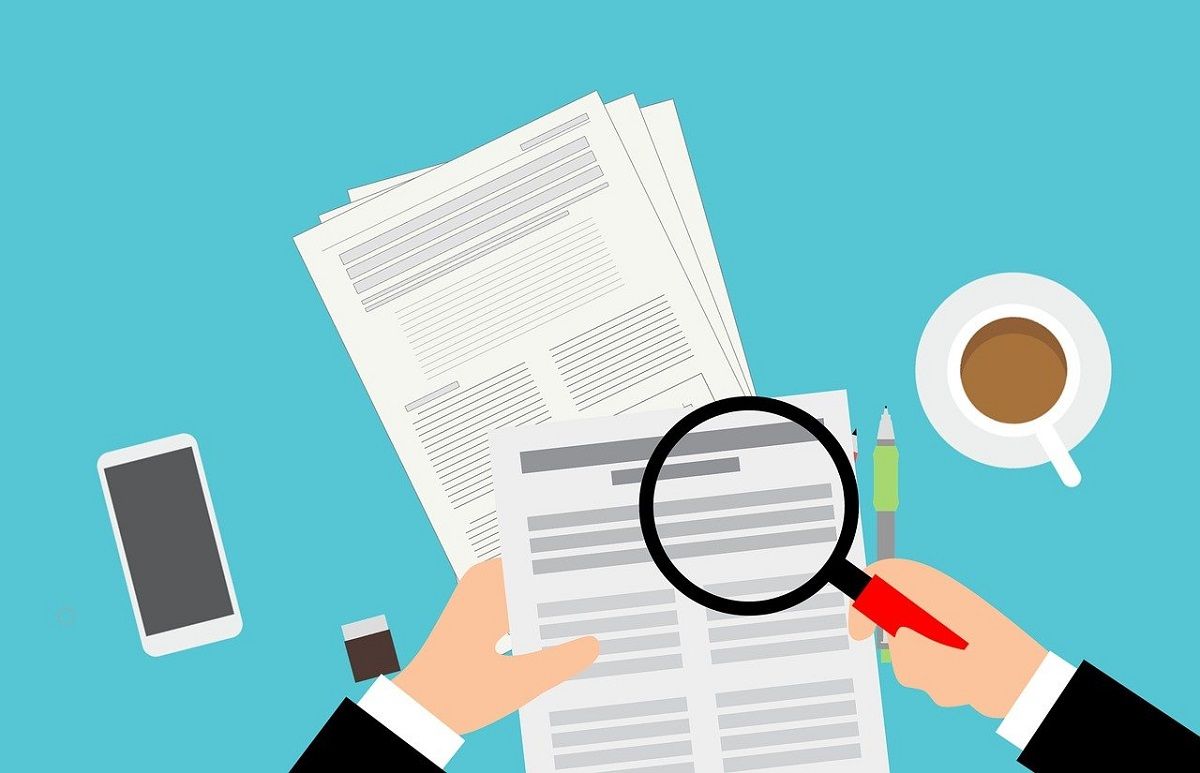So, you've been offered a new job, and you're excited to start. However, before you can do that, you need to finish up at your current job, and after handing in your resignation letter, this includes completing a handover for the person who will ultimately replace you.
Doing an effective handover requires a lot of organization and understanding what your colleagues will need to know. Let's look at how you can make this process easier for everyone involved, so you can focus on starting your new venture.
Create a Handover Checklist
Between exit interviews and saying your goodbyes, it is easy to lose track of everything you need to do before leaving your job. For this reason, having a solid handover checklist is good practice and keeps you accountable.
The checklist should include everything that a new person in your role and your manager needs to know, so you should start gathering this information as soon as possible:
- Your day-to-day responsibilities
- Information on specific software and processes
- Important documents
- Any client lists that need handing over
- Key contacts within and outside the company
- Key staff information (if you're a manager)
- Any projects that need finalizing or delegating
- Who needs to receive the handover and any information you need
You can create a checklist using templates in Word or Excel, or you can opt for applications such as Todoist and Padlet to create a separate to-do list. The important thing is that you have all information written down somewhere that you can reliably refer to when needed.
Having a Clear Timeline
The usual resignation notice period is about 4 weeks, and you should bear this in mind when planning your handover. Depending on the nature of your current job, you should expect to gradually lessen your workload as you work towards your final day.
Padlet has an excellent timeline template you can use, if you require something visual, and allows you to plot out your notice period. Initial priorities should be notifying relevant people of your departure (such as clients, colleagues and external contacts), identifying projects you can delegate, and communicating with your manager about any procedures that need to be followed.
The aim is to address the most urgent and most time-consuming tasks first, so that you aren't rushing things through on your last week. In contrast, the end of your timeline should compromise mainly of administrative tasks and a few minor loose ends that need tying up.
Write a Professional Handover Report
Although you will likely have a handover meeting with your manager, it is good practice to write a handover report to ensure a smooth transition. The document must be comprehensible, specific, concise, and read like an instructional manual that flows.
Microsoft Word is a great place to start, because it is accessible on all platforms and integrates seamlessly with other applications. Word offers a multitude of templates that you can access from the Home page, by clicking More templates above the search bar, or you can start from a Blank document. Alternatively, you can go to View > Outline to organize your report into sections.
Whatever approach you use, it should be split into different sections with clear titles, the structure of which may look something like this:
- What your role is and who you are accountable to.
- Company targets, expectations of the role, and procedures associated with them.
- List of useful contacts.
- How to use relevant software and login details.
- A breakdown of your weekly, monthly, and quarterly responsibilities.
- A breakdown of your ongoing projects or client work, including deadlines.
If you are a manager, you will also need to have a dedicated section for your team's continuous development and the work they are involved in. You can also signpost the reader to where you keep your staff records.
You can also insert hyperlinks within the body of your text to link to important, relevant documents such as a copy of your job description, spreadsheets detailing ongoing projects, and useful company processes. This saves you time when writing out your handover and guarantees that the reader knows where to find things. To do this:
- Go to the Insert tab.
- Click Links.
- Select Links from the dropdown.
- Choose the file you want to link to.
Or you can hold Ctrl + K to add hyperlinks, and this will bring up your folders.
Tying Up Loose Ends
No matter how much planning you do, there will always be some loose ends that need finishing up before you can move on. Some of this may need delegating, so you should be prepared to communicate these with your manager and colleagues.
Project management software like Asana can make this part quick and easy, but can be just as effective with the use of e-mail or communication tools like Slack and Microsoft Teams. Just like your handover document, passing over pieces of work should be easy to understand for the receiver.
Be sure to send out a communication to relevant parties on who to contact in your absence, and in case there are any delays with your accounts being closed, enable automatic replies on your work e-mail with this information included.
All Your Bases Covered
Now that you have your handover document and a clear overview of how your notice period will look, you are ready to start winding down in preparation for your last day. Having an organized and efficient handover process will give you peace of mind as you move into your new job, and your colleagues will thank you.
It is perfectly normal to feel overwhelmed by the whole operation, so take your time with it. It is just as much your responsibility to handover, as it is the company's to gather the information they require, so if you think you have forgotten something, reach out to others for insight.
With all of your bases covered, you can look forward to the next chapter in your career, and feel good about what you left behind.





